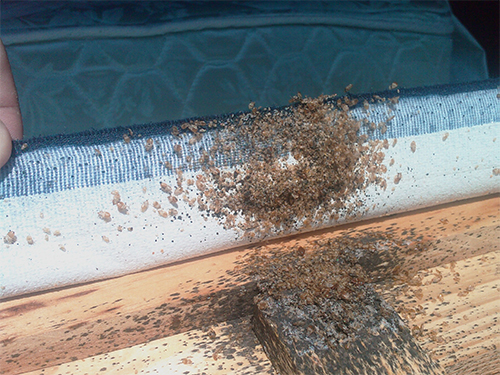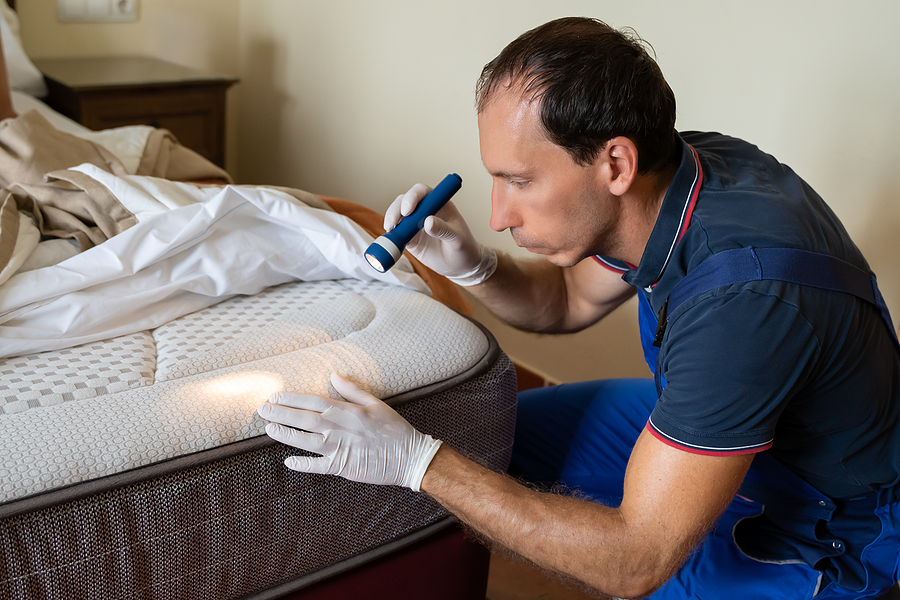Top Rated Pest Control Company in Arlington: Your First Choice for Pests
Top Rated Pest Control Company in Arlington: Your First Choice for Pests
Blog Article
Get Educated Concerning the Types of Bug Control Approaches and Their Benefits for House Owners
Understanding the numerous pest control techniques offered to property owners is crucial for reliable parasite monitoring. Homeowners who are knowledgeable can make calculated options that not only address insect concerns but also boost the total high quality of their living atmosphere.
Chemical Parasite Control Approaches
Chemical bug control techniques are a critical part of incorporated insect administration methods for property owners seeking reliable options to pest invasions. These methods entail the application of chemical compounds created to eliminate or deter insects that intimidate individual building, health, and convenience. Typical chemicals used consist of insecticides, rodenticides, fungicides, and herbicides, each tailored to target details bugs.
The main benefit of chemical insect control is its quick efficiency; several formulations provide instant results, reducing pest populaces considerably in a brief time. Furthermore, advances in chemical solutions have caused items that are more eco-friendly and have lower toxicity levels for non-target microorganisms when used correctly.

Organic Parasite Control Methods
Natural parasite control approaches have actually acquired prominence as homeowners look for much safer and much more sustainable choices to conventional chemical approaches. Organic bug control strategies use all-natural predators, bloodsuckers, or microorganisms to manage parasite populations effectively. This approach is not just eco-friendly but also decreases the danger of injury to non-target types, including advantageous bugs and wild animals.
One of one of the most usual biological control techniques involves presenting natural predators into the environment. For instance, ladybugs can be used to manage aphid populations, while nematodes target soil-dwelling bugs like grubs. Additionally, parasitoids-- organisms that reside on or within a host-- can be employed to manage specific pest types by laying eggs inside them, ultimately causing their death.
Another strategy is making use of biopesticides, which are originated from natural materials such as plants, bacteria, or minerals (bed bug exterminator). These products can properly target bugs while positioning marginal danger to humans and animals. On the whole, biological parasite control strategies give property owners with a reliable means of pest management that aligns with eco-friendly principles, advertising a much healthier living environment while reducing reliance on synthetic chemicals
Mechanical Bug Control Methods
Mechanical parasite control techniques incorporate a variety of methods that physically stop or get rid of insects without making use of chemicals. These strategies are particularly advantageous for homeowners seeking environmentally friendly options while ensuring the safety and security of their space.
One typical technique is making use of obstacles, such as catches, displays, and nets, which protect against parasites from getting in homes or particular areas. Installing window displays can efficiently maintain bugs out, while utilizing physical barriers around gardens can prevent larger parasites like rabbits or deer. In addition, mechanical catches developed for rodents can record and eliminate these bugs without the need for poisonous compounds.
An additional efficient approach includes using vacuums and mops to remove parasites directly from surfaces. Routine cleaning and great post to read upkeep can substantially reduce bug populaces by getting rid of food sources and concealing spots. In addition, utilizing tools like ultrasonic bug repellents can deter numerous pests with acoustic wave that are unpleasant to them however faint to human beings.
Social Pest Control Practices
Cultural parasite control methods concentrate on modifying the atmosphere and monitoring techniques to create conditions that are much less helpful to pest problems. These practices are essential in preserving a well balanced ecosystem and decreasing the reliance on chemical interventions. By changing farming techniques, home owners can effectively prevent pests while promoting plant health.
One common method includes crop rotation, which interrupts the life cycles of bugs by transforming the kinds of plants grown in a certain location (bed bug exterminator). This not just minimizes pest populations but likewise boosts dirt health and wellness. Furthermore, intercropping-- planting diverse plants in proximity-- can confuse insects and click to find out more decrease their ability to locate their recommended host plants
Water monitoring is an additional critical aspect of cultural techniques. Proper watering techniques can stop standing water, which functions as a breeding ground for mosquitoes and various other bugs. Furthermore, maintaining sanitation around the home, such as consistently removing debris and food waste, can considerably decrease pest attraction.
Incorporating these social methods into a detailed pest monitoring strategy allows house owners to create a setting that naturally deters parasites, thereby improving the effectiveness of various other control methods while promoting lasting gardening and landscape design.

Integrated Insect Administration Approaches
Integrated Bug Monitoring (IPM) represents a holistic method that integrates numerous approaches to effectively handle parasite populations while lessening ecological influence. This methodology integrates biological, social, physical, and chemical methods to accomplish lasting bug control. By examining pest click to read populaces and their natural opponents, IPM highlights tracking and determining bugs prior to carrying out control procedures.
Among the core principles of IPM is the use of thresholds, which establish the level of pest task that necessitates treatment. This guarantees that treatments are applied only when essential, lowering the dependence on chemical pesticides. Organic control approaches, such as introducing natural predators or bloodsuckers, operate in combination with cultural practices like crop turning and environment control to disrupt pest life cycles.
Furthermore, IPM encourages making use of least-toxic chemical choices when intervention is necessary, focusing on items that position minimal threat to non-target microorganisms and the environment. For house owners, taking on IPM comes close to not just boosts the effectiveness of pest monitoring however also advertises a healthier living environment, fostering biodiversity and reducing chemical direct exposure. Inevitably, IPM encourages home owners to make enlightened decisions that stabilize insect control with environmental obligation.
Final Thought
In final thought, understanding the different pest control techniques empowers house owners to make informed decisions regarding pest monitoring. Each technique-- chemical, biological, mechanical, cultural, and integrated bug administration-- provides unique benefits that provide to different requirements and preferences.
Comprehending the different pest control methods offered to property owners is important for efficient pest monitoring.Chemical pest control methods are an important element of integrated parasite monitoring approaches for home owners seeking effective services to pest infestations. On the whole, organic insect control techniques give house owners with an efficient means of bug management that straightens with environmental concepts, advertising a healthier living environment while minimizing reliance on artificial chemicals.
Cultural parasite control methods focus on customizing the environment and management techniques to develop conditions that are much less favorable to pest invasions.In final thought, recognizing the different parasite control methods encourages property owners to make informed decisions pertaining to pest administration.
Report this page